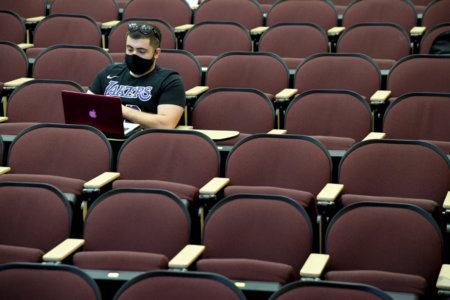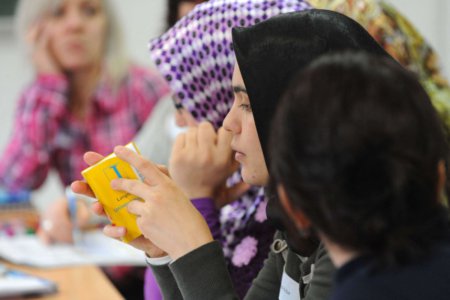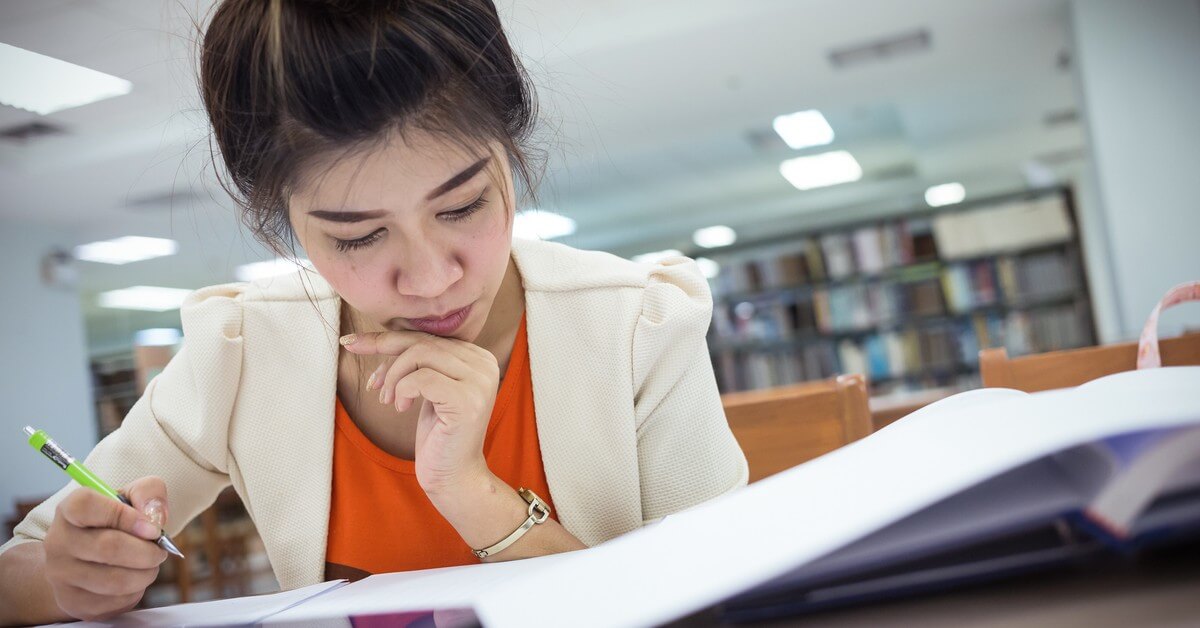
The pressure to succeed in universities is immense, especially in an increasingly competitive global academic environment. With schools and universities embracing remote and digital learning, it comes with no surprise that spikes in plagiarism have become a global phenomenon, as observed in a 2020 study.
To put it simply, plagiarism is passing off someone’s work as your own without proper attribution. However, this explanation does not even begin to encompass the scope of what is considered plagiarised work, which is why many students are unaware that they might have committed this offence unintentionally.
For first-years fresh out of high school, plagiarism might not seem like a big deal, especially if you were never instructed about proper citations. Plagiarism compromises the very ethos of academic integrity, which is why the ramifications can be severe, including failing a course and outright expulsion.
Here are some examples of plagiarism:
- Copying another person’s work without attribution to its original source
- “Patchwork” plagiarism — editing work from two or more sources and rearranging them without proper credit or incomplete citation
- Paraphrasing without citation
- Incomplete and uncited quotes, or quotes without proper quotation marks
- Incorrectly citing a source, making it impossible to find the original material
- Assuming the ideas you present as “common knowledge” and failing to cite them
- Using images, charts, figures of graphs without citation
- Engaging a third party to complete your tests or assignments
- Reusing your own submitted work written for another class
The list is non-exhaustive and will undoubtedly expand as learning becomes more integrated with emerging digital technologies. But this is also good news for students, as it means that more sophisticated plagiarism checkers are available for you to cross-check your work with existing materials.

Here’s a cheat sheet on how you can dodge cheating. Source: Philippe Lopez/AFP
These are several steps that you can take to avoid the plagiarism trap:
- Cite, cite, cite! Always give credit to your sources, using referencing styles such as MLA, APA, Harvard, or Chicago.
- Don’t know how to cite? Use citation generators to help you out before checking whether your citations adhere to the latest reference style guides.
- Use plagiarism checkers such as Turnitin, EasyBib, Grammarly, and Duplichecker to eliminate plagiarised content from your work.
- Paraphrase ideas from your source materials instead of using direct quotations, and cite accordingly.
- University writing centres and libraries are your best friends! Not only do they offer free workshops on plagiarism and proper citations, writing mentors can even assist in developing your essay ideas and proofreading your drafts.
- Got time to spare before submitting your assignment? Visit your tutors or professors before turning it in. Experienced academics have a good eye for detecting familiar work, and getting constructive feedback to improve your draft might even boost your grade.
Ultimately, the key step in avoiding plagiarism in the first place is to recognise that your learning journey demands honesty. Once you commit to that principle, it is easier for you to be truthful in your work.
You’re not expected to know everything as a student, and that is totally fine! Placing integrity at the core of your intellectual development shows both humility and a fervent desire to learn, which are admirable traits that would sustain your educational growth in the long run.










